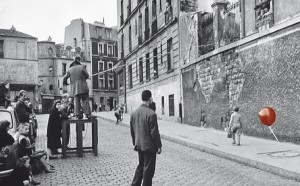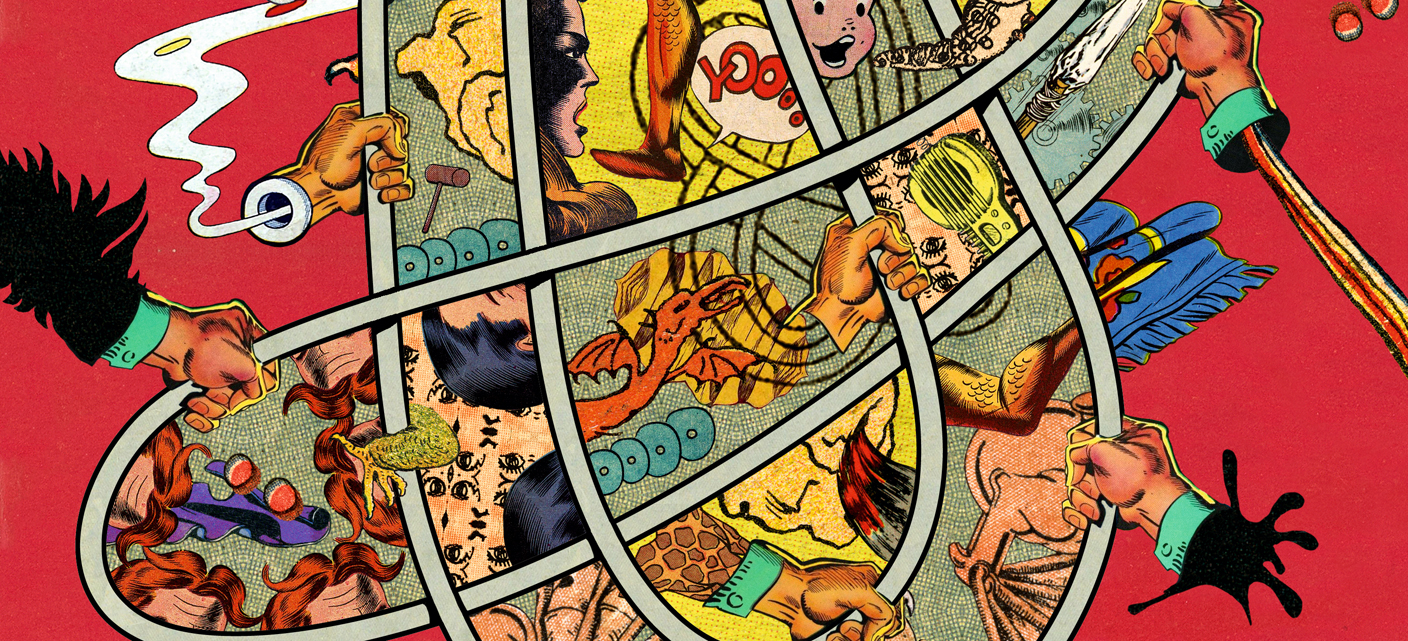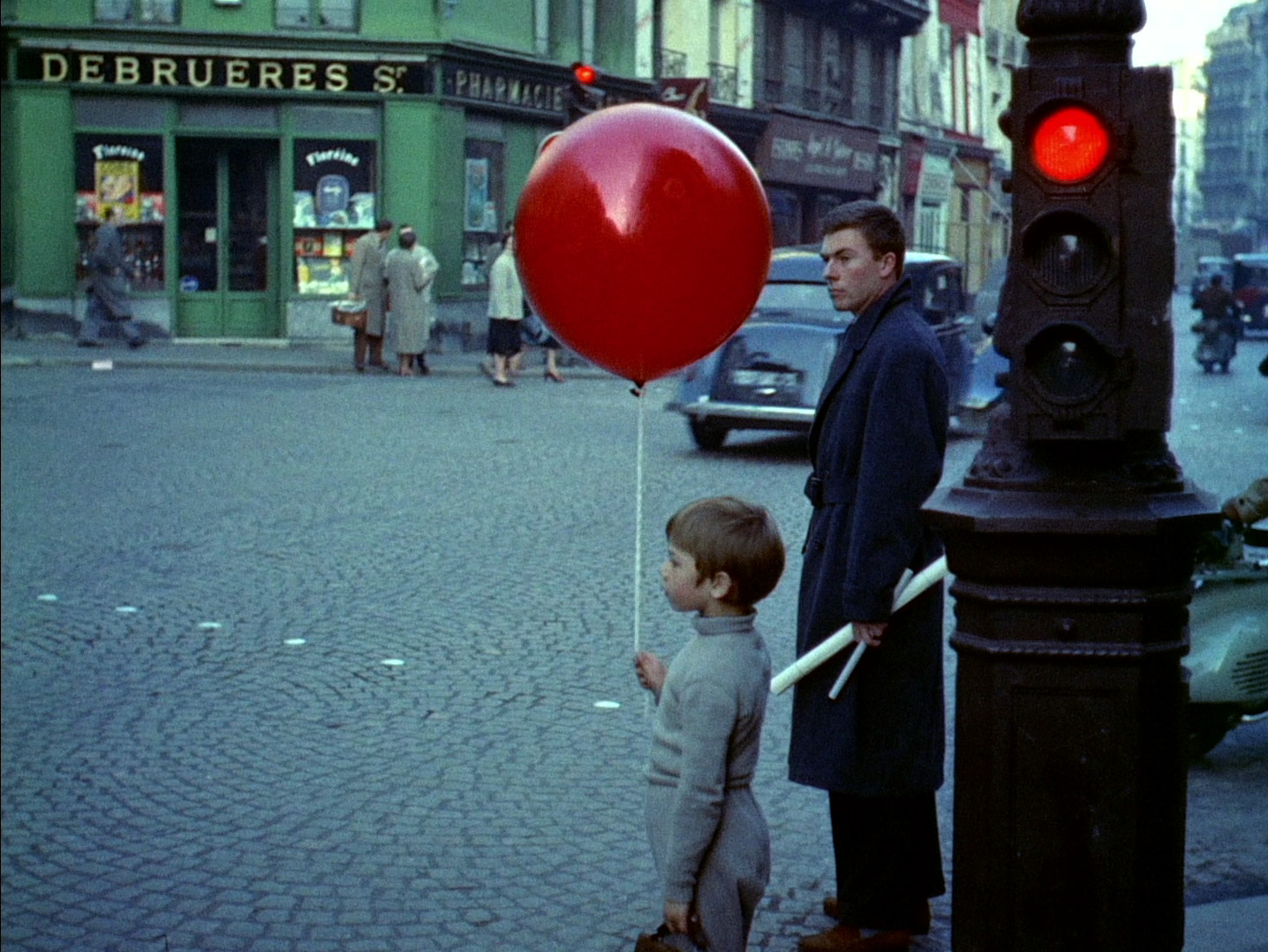Jos Rampart writes:
I enjoyed your recent issue of Furore about Le ballon rouge. It is a magnificent edition full of information about father and son Lamorisse, the Belleville locations and the camera work. The only thing missing is the solution to the mystery how the balloon was made to move. An internet search did not help me. Can you answer the question how the natural movements of the balloon (and balloons) were realized?
Piet Schreuders replies:
The Red Balloon was supposedly a magic balloon, but such balloons do not exist in real life. Therefore the filmmakers must have used a thin wire to make it move. Exactly how they did this I don’t know, so I didn’t write about it.
But imdb.com has various commentaries on the subject. Someone wrote, “For a brief instant, a wire can be seen attached to the balloon as the boy waits to cross a street. Wire stands out against blue coat of man standing behind him looking on as the boy waits for intersection to clear.”
(Actually, I don’t see any wire here.)
And here is some more about wires and special effects.

This picture shows the film crew at work in the rue du Transvaal. A man holds a long fishing rod. The balloon wire is probably attached to this, but it is not visible here.


Du Rififi chez les hommes film de Jules Dassin en 1955 :
Minutage Moment du film : vers 1h39min, courte scène muette où Tony (Jean SERVAIS) échange quelques mots avec un homme sur un seuil de jardin, tourne les talons et descend des escaliers aboutissant à une étroite ruelle rectiligne entre de vieilles maisons
Cité Billon, 13 passage Notre-Dame-de-la-Croix (voies disparues)
Paris – 20ème (75020)
Commentaire : La Cité Billon débouchait à l’est sur le long Passage Notre-Dame-de-la-Croix (également disparu dans les années 1960) et s’inscrivait dans le polygone délimité par les rues des Couronnes, Henri Chevreau, de la Mare, d’Eupatoria et Julien Lacroix.